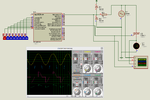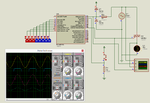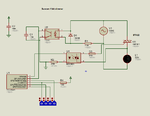Follow along with the video below to see how to install our site as a web app on your home screen.
Note: This feature may not be available in some browsers.
Code C - [expand]
Code C - [expand]




Every GPIO pin on the PIC12F629/675 except GP3, has a weak pull-up option. .
Code C - [expand]
Code C - [expand]
Code C - [expand]